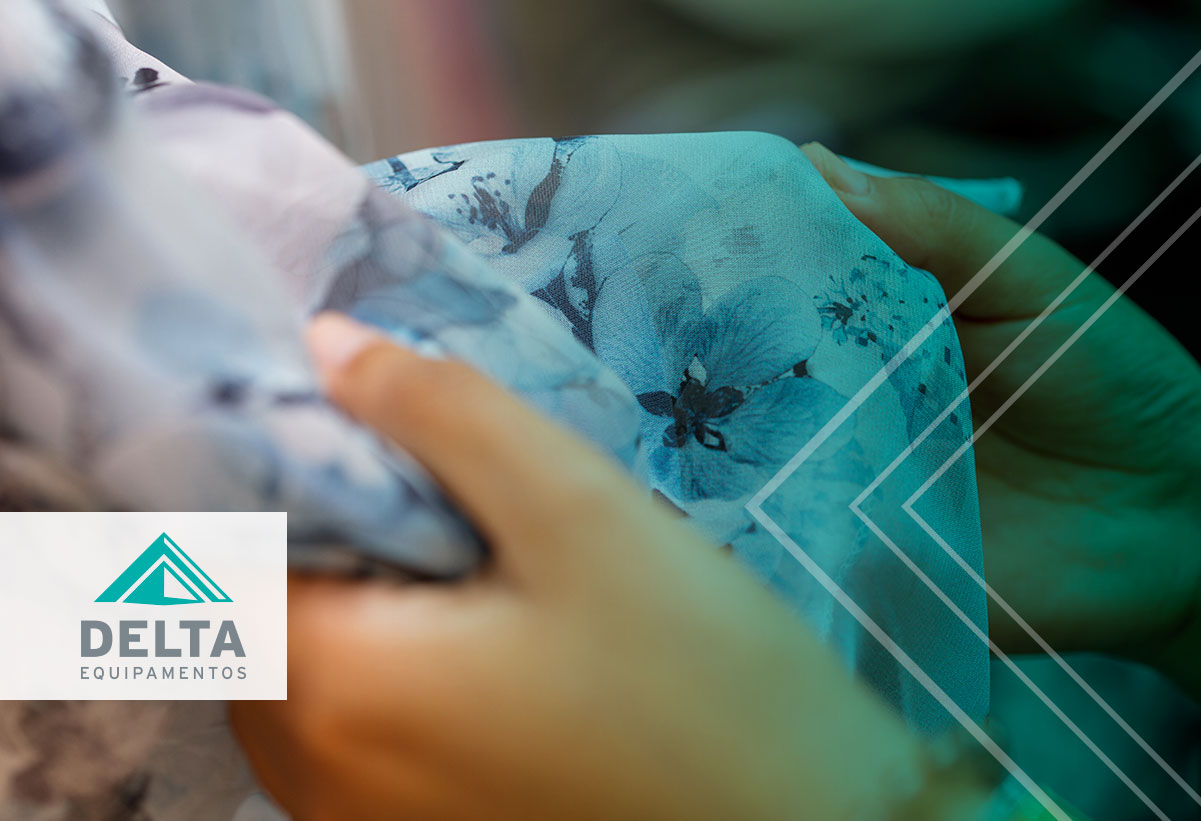Many industries buy lower-priced raw materials in order to obtain a higher profit margin, but they forget to think about efficiency in textile production.
The problem is that the instability of raw materials greatly affects production efficiency in the textile industry, especially when it comes to the quality of the materials used to make the pieces.
To better understand the relationship between variation in the quality of inputs and clothing productivity, just continue reading the article!
Find out what problems are caused by low quality raw materials
A low quality raw material can cause several problems. Among the biggest is the loss of pieces already manufactured due to defects (stains, holes and uneven coloring) which, depending on the quality control system implemented in the manufacturing process, are only noticed after production.
As a result, pieces that are manufactured with defective fabrics end up being discarded (generating waste) or even sold as second-quality pieces.

There is also the fact that, depending on the fabric and the piece that will be manufactured, it will be necessary to use more material for manufacturing than would be necessary if it were of high quality.
In this way, the Return on Investment (ROI) is reduced — the metric used to calculate the return on a financial investment made. In this case, it would be the profit generated by transforming the mesh roll into parts. Which means that, to calculate it, you need to check information such as the amount paid for the roll and how many pieces it generated.
Many companies fail to understand the relationship between production efficiency and the quality of materials, precisely because they do not monitor the ROI of the mesh roll.

With a closer look at monitoring this and other metrics, it is possible to understand that purchasing cheaper materials — which was supposed to be a good deal — becomes a loss. In addition to the possibility of causing rework and harming production efficiency.
Last but not least, it is also necessary to consider that consumers are increasingly demanding about the products they use. As a result, both intermediate and final customers will no longer purchase pieces that are of low quality, fade or tear easily.
Therefore, it can be said that the number of problems when purchasing lower quality raw materials just because they are more affordable, are greater than the benefits that in theory justify the choice of inputs of this type.
Find out how to avoid these problems and achieve production efficiency
If you want to avoid purchasing low-quality raw materials and, consequently, prevent the problems mentioned above, it’s ideal to start by choosing a good supplier.
Carefully assess which company you will acquire the inputs from, seek references, and conduct tests on the fabrics as soon as they arrive at your company.
It’s also necessary to maintain strict quality control to precisely verify the source of materials that are not of quality. To achieve this, investing in technological solutions that perform fabric checks and collect data to assist in this control is advisable.
An example is the Reviewer, a piece of equipment that inspects fabrics and can be used upon receipt. This makes it much easier to classify the material and identify defects to return the product to the supplier when it’s not suitable for use.
In addition to this, other equipment can be used to provide more productive efficiency. The advent of Industry 4.0 is benefiting garment manufacturing precisely because of the possibility of using equipment that automates tasks while benefiting product quality and providing more agility to the production process.
To better understand this topic, check out our article where we discuss the real productivity gain of garment manufacturing in Industry 4.0!


![E-book]How to ensure quality control in the textile industry?](https://deltamaquinastexteis.com.br/wp-content/uploads/2019/04/ebook-como-garantir-o-controle-de-qualidade-na-industria-textil-1.jpg)
